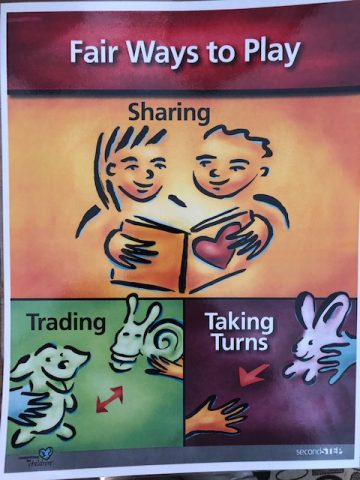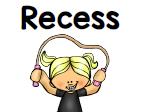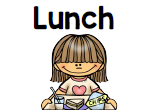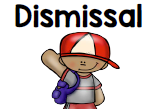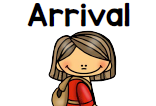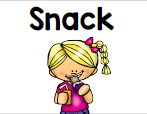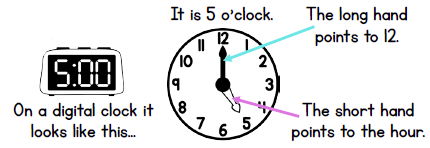Every Friday Division 9 & 10 get together to work on Second Step. Second Step is a program that teaches children skills for social and academic success.
Our topic is: Problem Solving
This weeks lesson: Fair Ways to Play
Lesson Concepts:
- Sharing, trading and taking turns are fair and fun ways to play.
- Sharing means playing together with a toy.
Today you will learn about fair things to do when two children want to play with the same thing. Let’s listen to “The Fair Ways to Play Song.” It’s a song that tells us about three Fair Ways to Play when two people want too play with the same thing.
What are the three Fair Ways to Play?
- Sharing
- Trading
- Taking turns
Sharing means playing together with something. Here’s a poster to remind us of the three Fair Ways to Play.
Let’s listen to Llama, Llama Time to Share. Llama Llama has new neighbors! Nelly Gnu and her mama stop by for a play date, but Llama’s not so sure it’s time to share all his toys. Maybe just his blocks? It could be fun to make a castle with Nelly . . . But wait–Nelly has Llama’s little Fuzzy Llama! What will happen next?
Let’s use the Problem Solving Steps as we talk about this story.
Say the Problem – Llama, llama doesn’t want to share Fuzzy.
Think of Solutions – Ask Nelly to play together and share the dolls. Ask Nelly for a turn with her doll. Ask Nelly to trade dolls for a while.
Explore Consequences – What happened when Llama didn’t share? Fuzzy’s arm got torn off.
Pick the Best Solution – Play together.
How can we ask for a fair way to play when you want a toy that someone else has. “May I have a turn, please?”, “Can I share the toys with you?”, “Would you like to trade this toy for that one?”
These Fair Ways to Play can help you have fun together. It helped Llama, Llama make a new friend.
